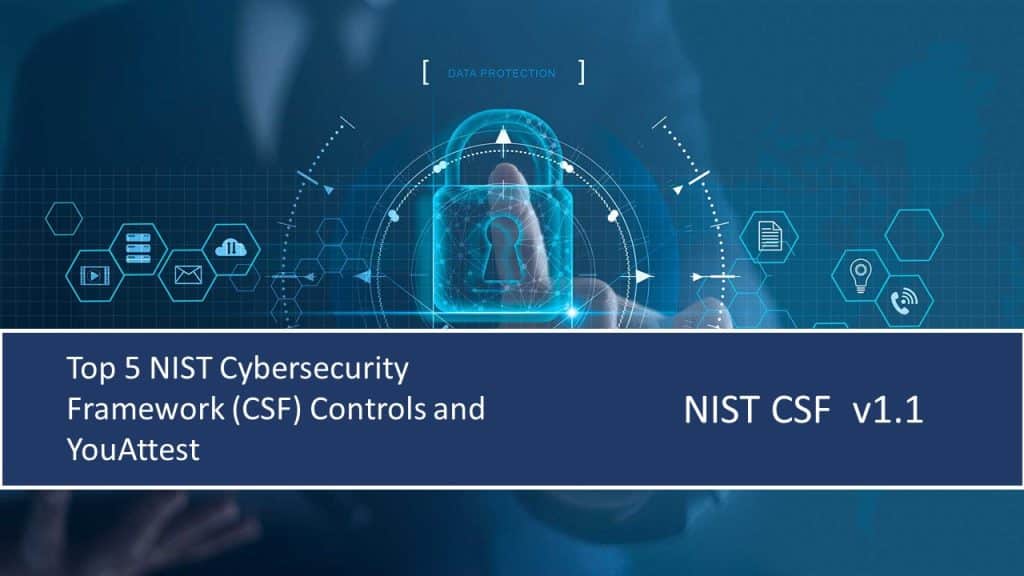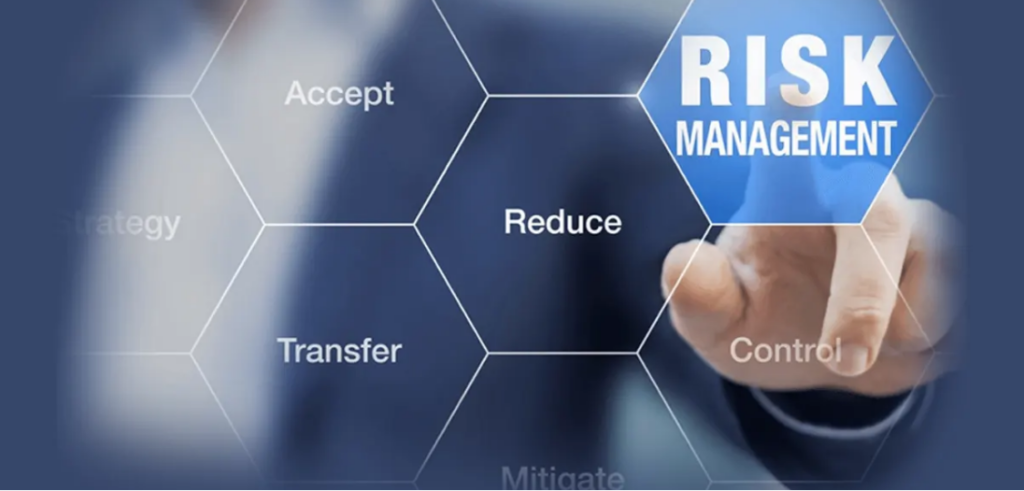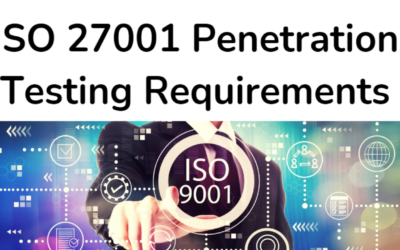Two of the most recognized frameworks are the Nist 800-53 Vs ISO 27001. Both frameworks help organizations safeguard their information assets and mitigate risks, but they approach security in different ways. Understanding the similarities and differences between these two frameworks is crucial for businesses looking to implement a robust information security management system (ISMS). This article compares NIST 800-53 and ISO 27001, highlighting their key differences, similarities, and when to use each standard.
What is NIST 800-53?
The NIST 800-53 is a set of security and privacy controls developed by the National Institute of Standards and Technology (NIST), which is a part of the U.S. Department of Commerce. This framework is part of the broader NIST Risk Management Framework (RMF) and is specifically designed to assist U.S. federal agencies in protecting their information systems and ensuring the confidentiality, integrity, and availability of sensitive data. However, due to its comprehensive nature, NIST 800-53 is also adopted by non-governmental organizations and other countries.
Key Features of NIST 800-53:
- Focused on Federal Systems: NIST 800-53 was initially developed for U.S. federal agencies, although it is now used worldwide.
- Comprehensive Control Set: The framework provides a detailed set of over 900 security and privacy controls, covering areas like access control, system and communications protection, risk assessment, and incident response.
- Security Categorization: NIST 800-53 recommends categorizing systems based on the impact of a breach (low, moderate, or high) to determine which controls are needed for protection.
- Focus on Continuous Monitoring: NIST emphasizes continuous monitoring, ensuring that security controls remain effective over time.
What is ISO 27001?
ISO 27001 is an international standard for information security management systems (ISMS). Developed by the International Organization for Standardization (ISO), ISO 27001 provides a systematic approach to managing sensitive company information, ensuring it remains secure. It is part of the ISO 27000 family of standards, which includes guidelines for managing information security risks.
Key Features of ISO 27001:
- International Framework: Unlike NIST, ISO 27001 is internationally recognized and can be applied by organizations of any size and from any industry, worldwide.
- Focus on Risk Management: ISO 27001 emphasizes risk-based approaches to managing information security. It requires organizations to identify, assess, and mitigate information security risks.
- Continuous Improvement: ISO 27001 follows the Plan-Do-Check-Act (PDCA) cycle, which encourages organizations to continually improve their ISMS.
- Certification: Organizations can become ISO 27001 certified, which involves undergoing an audit to verify that the ISMS is in place and effectively managed.
Key Differences Between NIST 800-53 and ISO 27001
While both frameworks are designed to enhance information security, they differ in their approach, structure, and application. Below are the primary differences:
1. Scope and Applicability
- NIST 800-53: Originally designed for U.S. federal agencies, NIST 800-53 is mandatory for these agencies and contractors. However, due to its comprehensive nature, it has been widely adopted by organizations outside the federal government, particularly in the U.S.
- ISO 27001: ISO 27001 is an international standard that applies to any organization, regardless of size, industry, or geographic location. It focuses on managing and mitigating information security risks and can be implemented globally.
2. Control Structure

- NIST 800-53: NIST 800-53 provides a much more detailed and prescriptive set of controls, with over 900 individual controls organized into 18 control families, including access control, audit and accountability, incident response, and security assessment. It also addresses privacy controls.
- ISO 27001: ISO 27001 provides a more concise and higher-level framework, with a focus on risk management and the implementation of controls. The actual controls to be implemented are outlined in Annex A, which consists of 114 controls grouped into 14 domains. ISO 27001 provides flexibility in how to implement these controls.
3. Risk Management Approach
- NIST 800-53: NIST 800-53 incorporates a risk-based approach by helping organizations determine which controls to implement based on the categorization of the information system. It uses a three-tiered risk management framework: low, moderate, and high.
- ISO 27001: ISO 27001 also uses a risk-based approach but requires organizations to perform a formal risk assessment to identify security threats and vulnerabilities that need to be addressed. ISO 27001 emphasizes the continual improvement of the ISMS based on the risk assessment outcomes.
4. Focus on Compliance vs. Best Practices
- NIST 800-53: While NIST 800-53 can be used as a set of best practices, it has a stronger focus on compliance, particularly for U.S. federal agencies. Compliance with NIST 800-53 is required for organizations dealing with U.S. government data and contractors.
- ISO 27001: ISO 27001 is designed as a best practices standard that applies to all industries and can be tailored to specific organizational needs. ISO 27001 does not have the same mandatory compliance requirements as NIST 800-53, but organizations can be formally certified to demonstrate their adherence to the standard.
5. Certification
- NIST 800-53: NIST 800-53 does not offer formal certification. Organizations that implement the NIST 800-53 controls are typically required to undergo assessments or audits based on their compliance needs (e.g., federal audits).
- ISO 27001: One of the key advantages of ISO 27001 is that it offers a formal certification process. An external audit can be conducted to determine whether an organization’s ISMS is compliant with the ISO 27001 standard. Achieving ISO 27001 certification demonstrates a commitment to information security and risk management.
6. Implementation and Flexibility
- NIST 800-53: NIST 800-53 is more prescriptive in nature and provides a detailed, step-by-step guide for implementing specific controls. This can be beneficial for organizations that need specific guidance or are working in highly regulated environments, such as government contractors.
- ISO 27001: ISO 27001 is more flexible in its implementation. It allows organizations to choose which controls to implement based on their specific risk assessment, making it suitable for a wider range of industries and organizations with different security needs.
Similarities Between NIST 800-53 and ISO 27001
Despite the differences, NIST 800-53 and ISO 27001 share several key similarities:
1. Focus on Information Security
Both frameworks focus on protecting the confidentiality, integrity, and availability of information. They emphasize the need for systematic risk assessments to identify and mitigate threats to sensitive data.
2. Control-Based Frameworks
Both NIST 800-53 and ISO 27001 offer a set of security controls that organizations can implement to address risks. While NIST offers a more granular set of controls, both frameworks provide a structured approach to securing information assets.
3. Continuous Improvement
Both standards stress the importance of continuous monitoring and improvement. NIST 800-53 promotes continuous monitoring to ensure controls remain effective, while ISO 27001 emphasizes the Plan-Do-Check-Act (PDCA) cycle, which fosters ongoing improvements to the ISMS.
4. Risk Management Approach

Both standards emphasize the importance of a risk-based approach to managing information security. They require organizations to assess risks and implement appropriate controls to protect their information systems.
5. Governance and Compliance
Both frameworks provide guidance on governance and compliance. NIST 800-53 ensures that security controls are applied in compliance with federal regulations, while ISO 27001 provides an internationally recognized framework for organizations seeking to demonstrate a commitment to security best practices.
When to Use NIST 800-53 vs. ISO 27001
Choosing between NIST 800-53 and ISO 27001 depends on several factors, including organizational needs, industry requirements, and geographic location.
- Use NIST 800-53 if:
- You are a U.S. federal agency or contractor working with government data.
- Your organization requires highly detailed and prescriptive security controls.
- You need to comply with U.S. federal regulations or are working in industries that require government security compliance.
- Use ISO 27001 if:
- You operate internationally or in a non-U.S. jurisdiction.
- Your organization seeks a flexible, risk-based approach to information security.
- You want to pursue formal certification to demonstrate your commitment to information security best practices.
- You are focused on continual improvement of your ISMS and risk management processes.
Conclusion
Both NIST 800-53 and ISO 27001 provide valuable frameworks for managing information security, but they differ in scope, detail, and certification. NIST 800-53 is more prescriptive and is tailored for U.S. federal agencies and contractors, whereas ISO 27001 offers a flexible, internationally recognized standard that applies to a broad range of organizations. The choice between these two frameworks depends on your organization’s specific needs, geographic location, and regulatory environment.



0 Comments